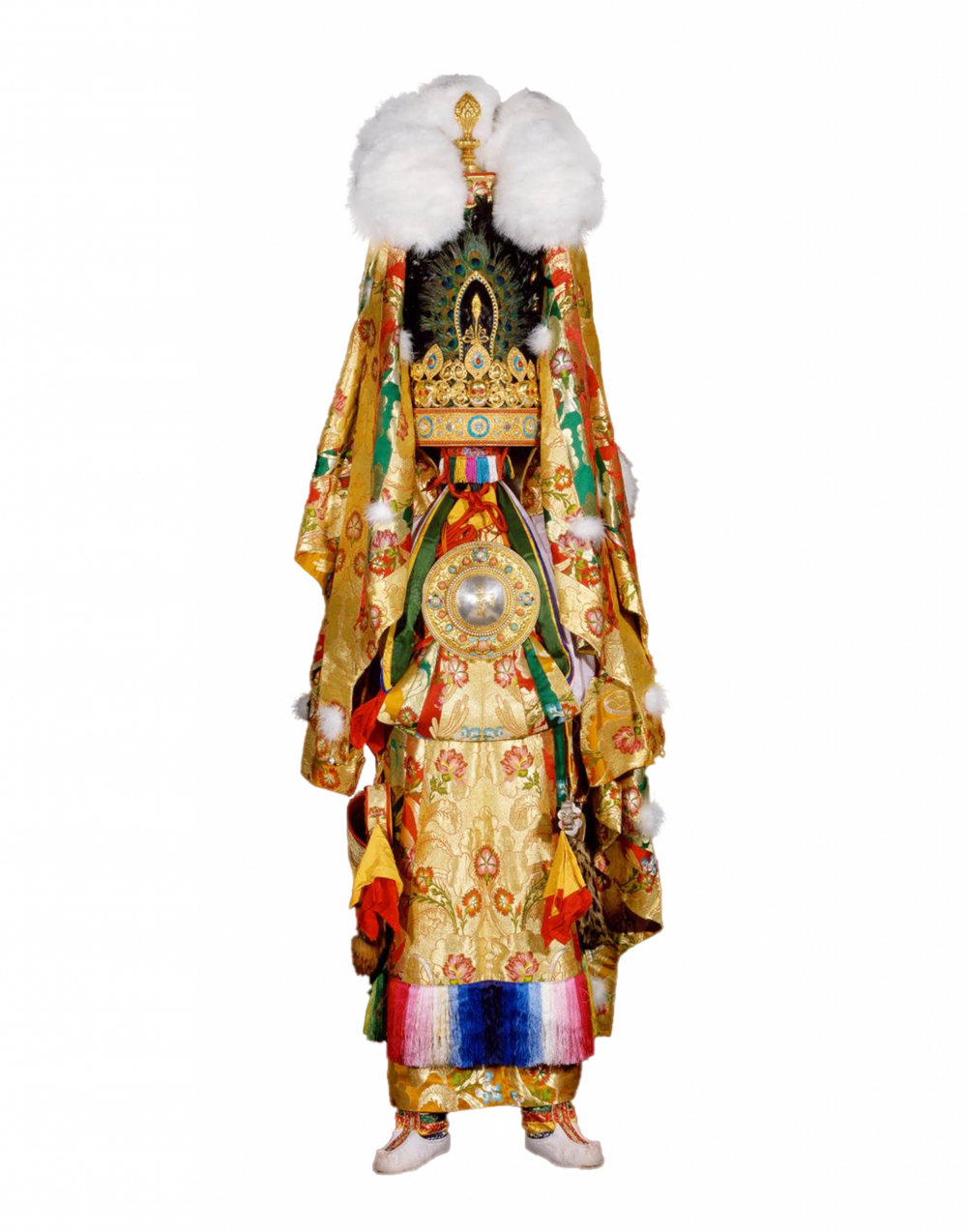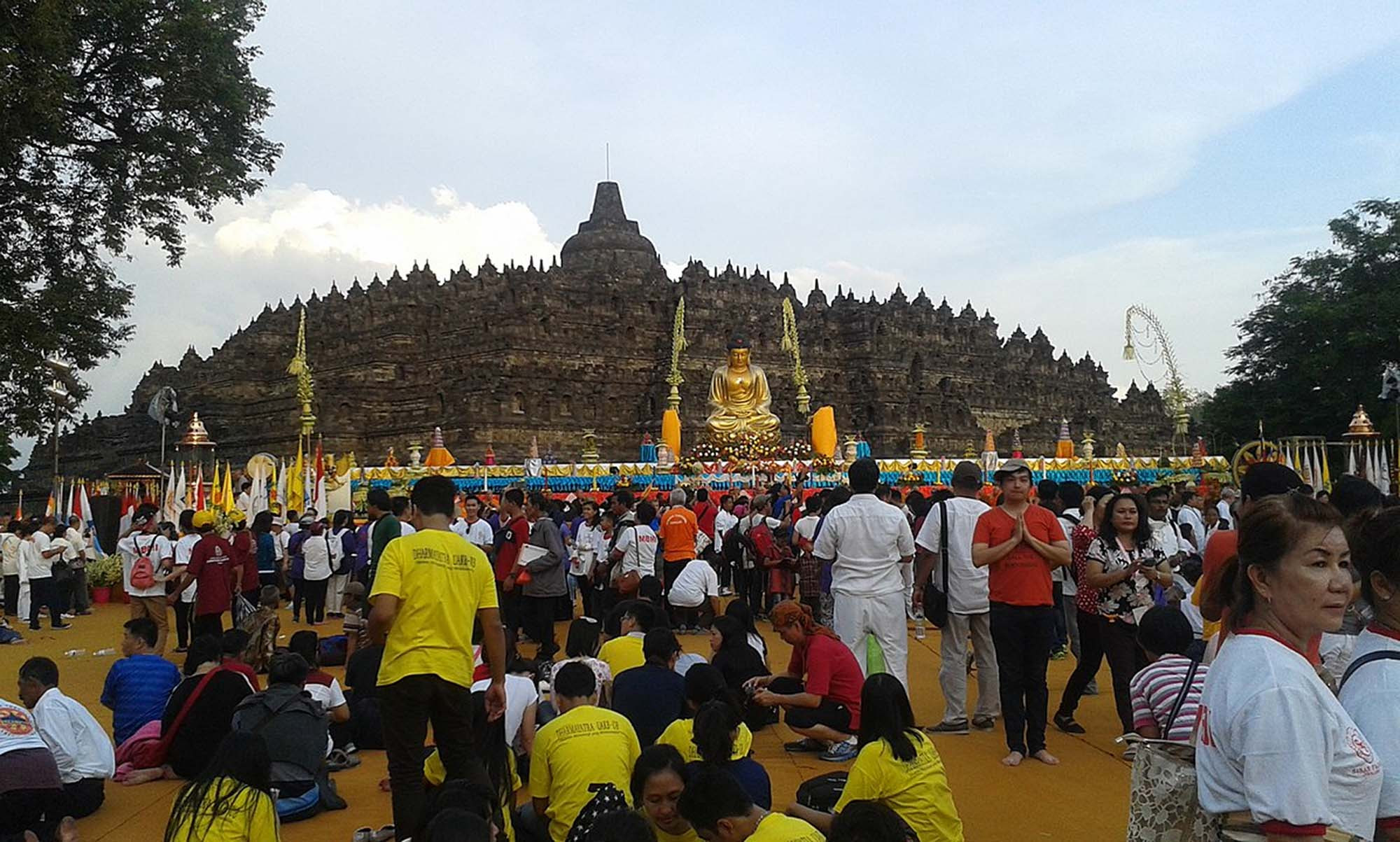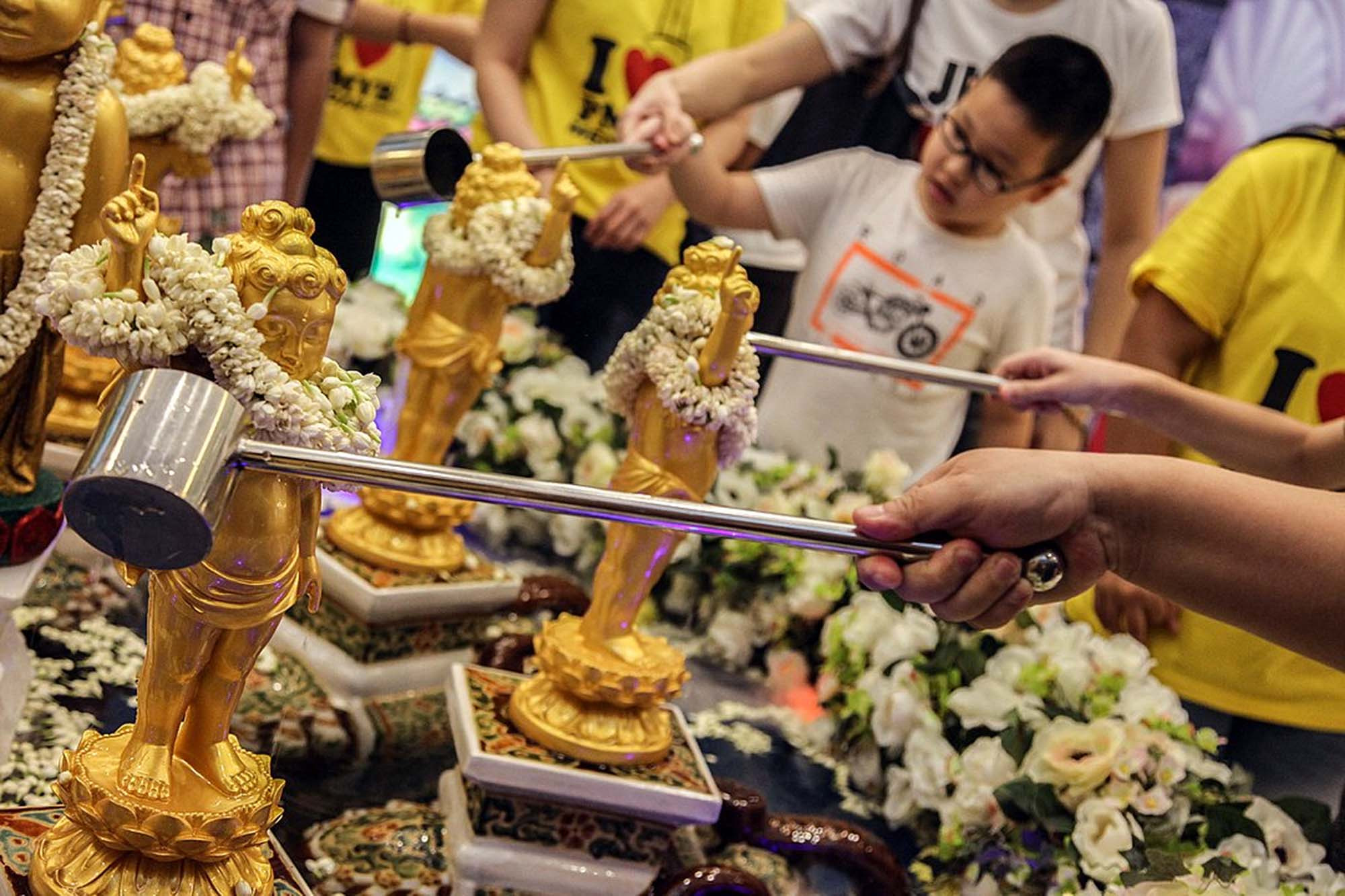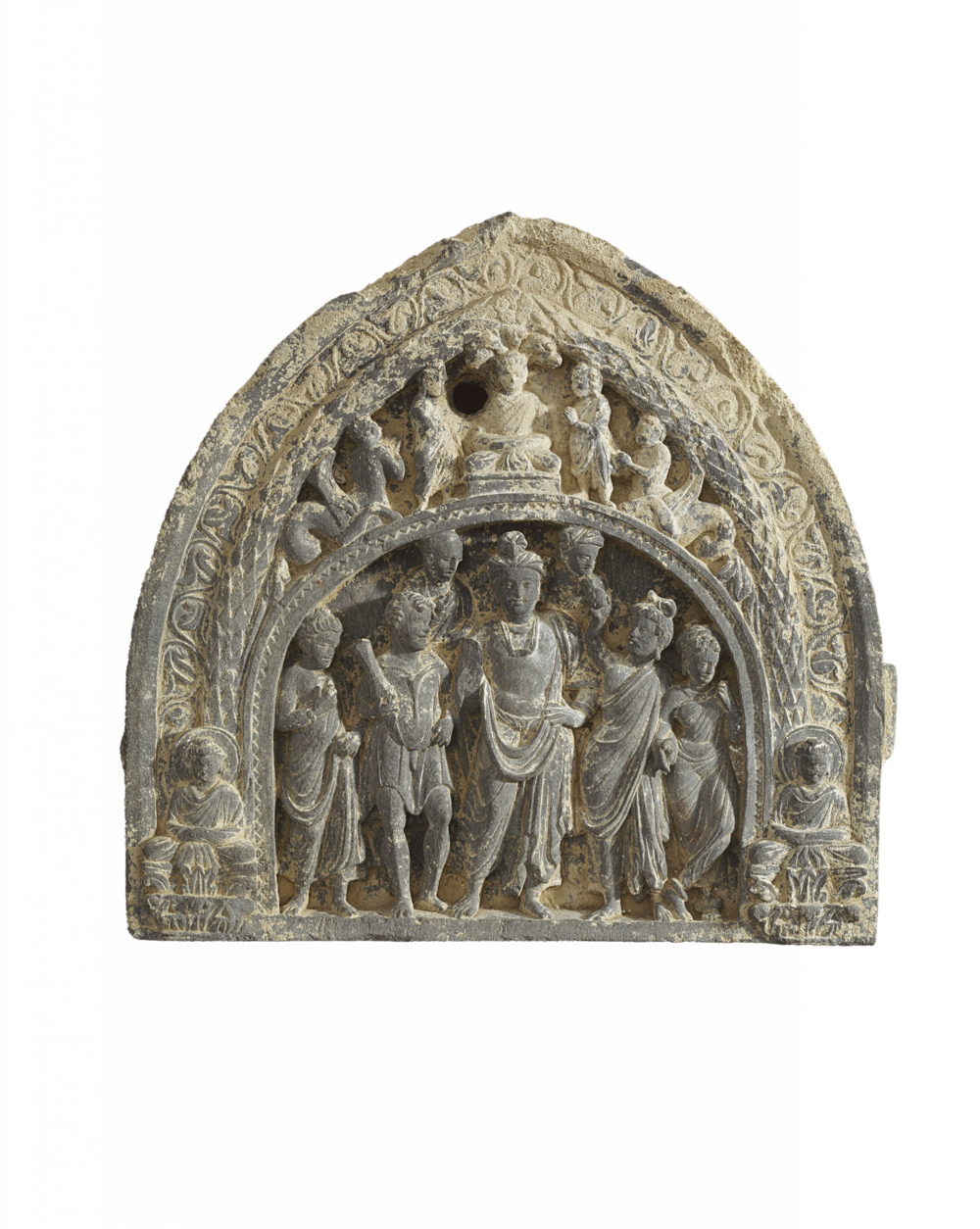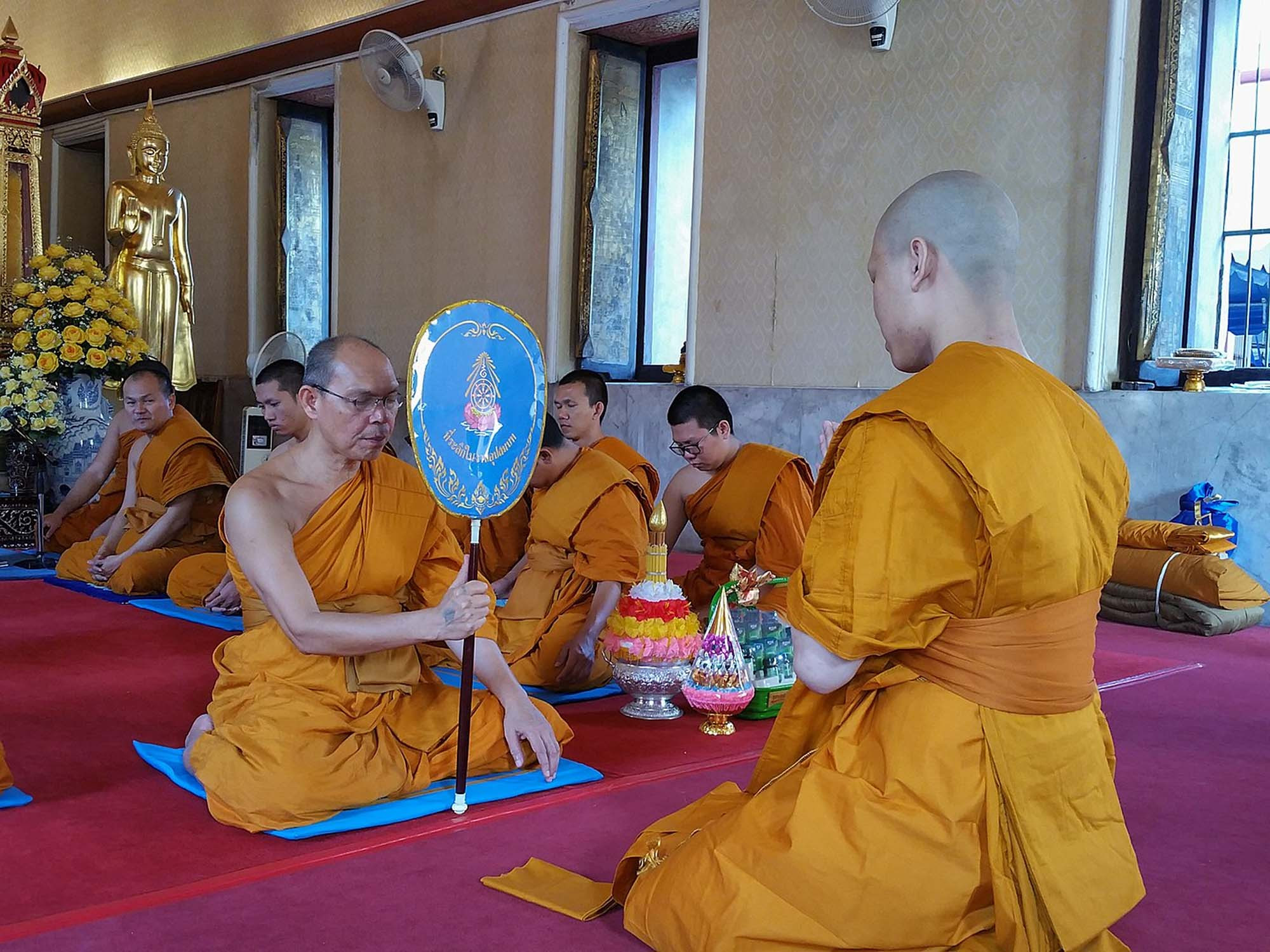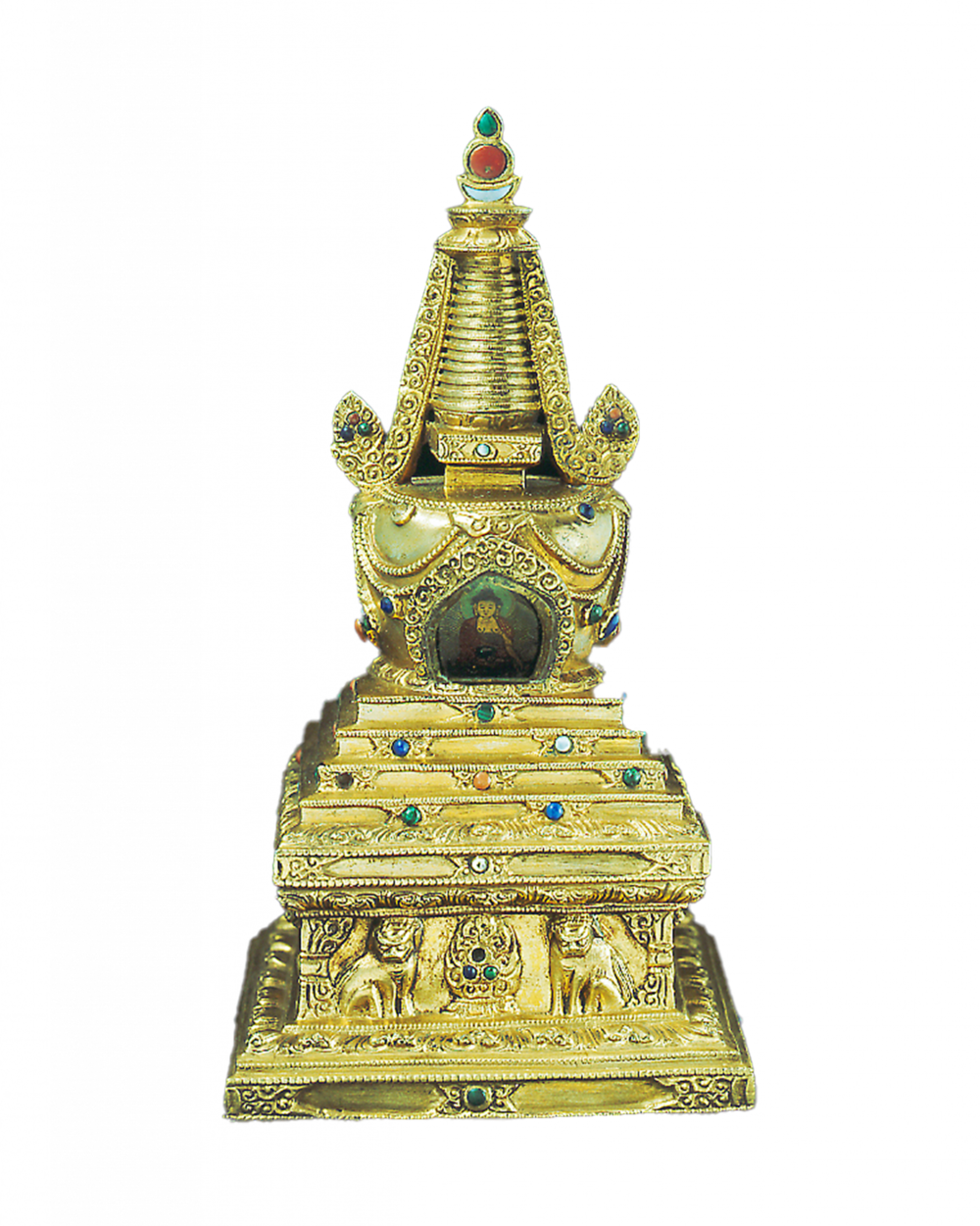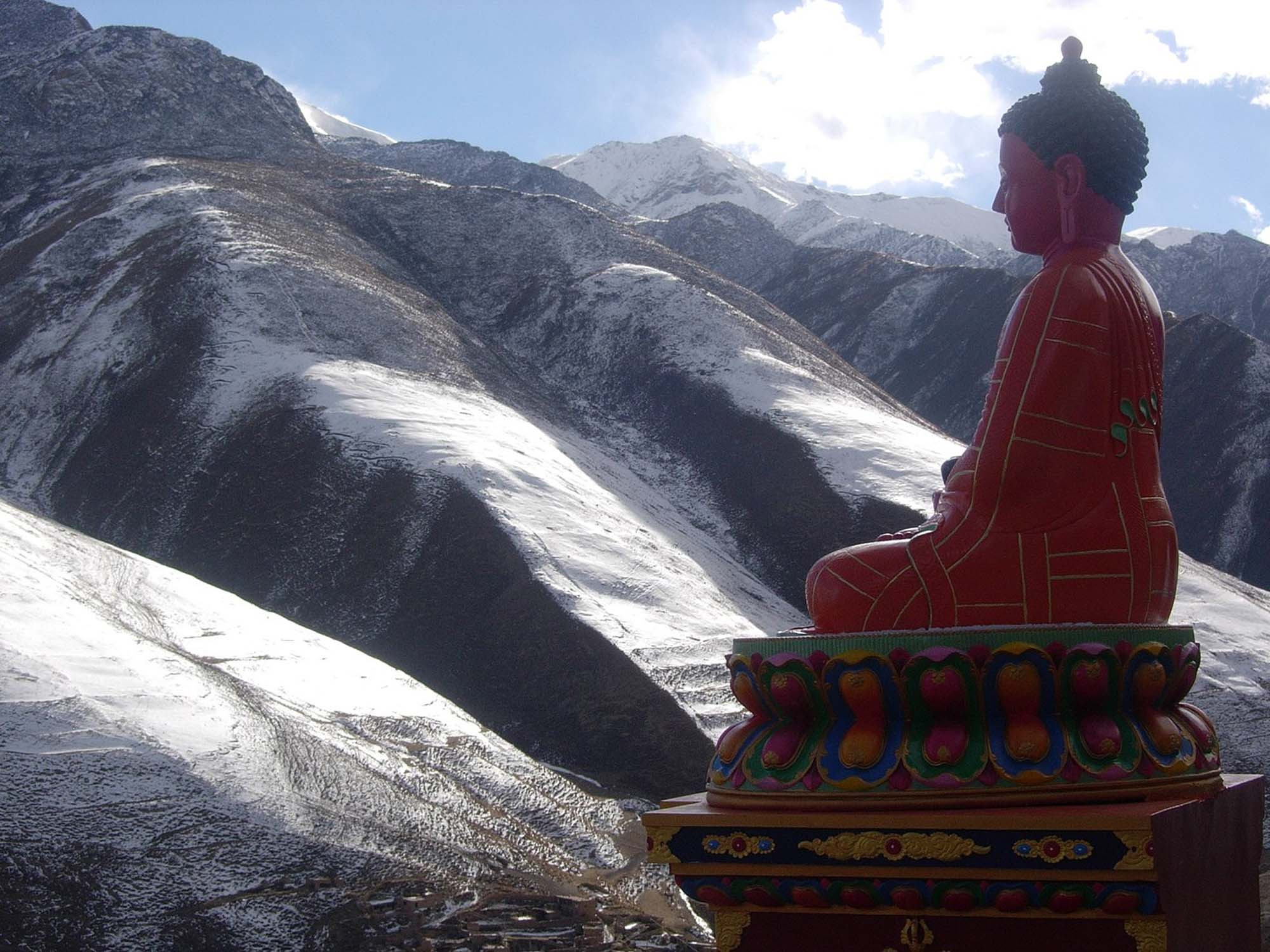In predominantly Christian societies, holidays such as Easter and Christmas help to structure the course of the year. They are celebrated around the same time every year. Likewise, the ceremonies and traditions associated with these special days follow a recurring pattern.
At Christmas people celebrate the birth of Christ, thus marking the beginning of Christianity. Other important stages of his life such as his death, resurrection, and ascent to heaven are commemorated in the same way each year.
Christian saints, too, have their specific feast days, but these tend to vary from country to country.
Buddhism, too, has regularly occurring feast days and celebrations.
In this story, you will hear about important feast days, celebrations, and state rituals in predominantly Buddhist countries.
